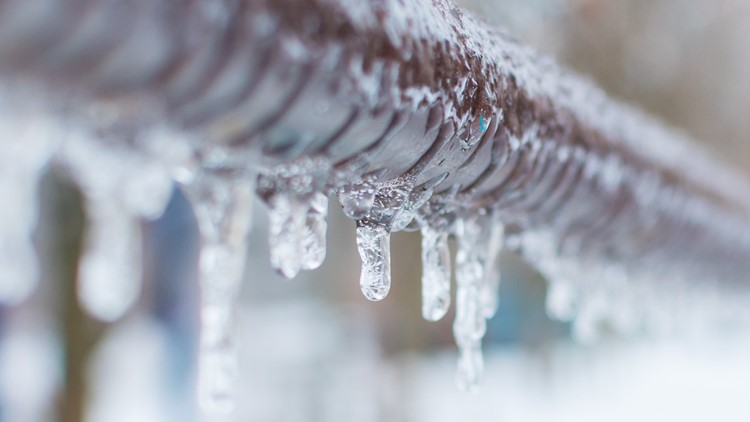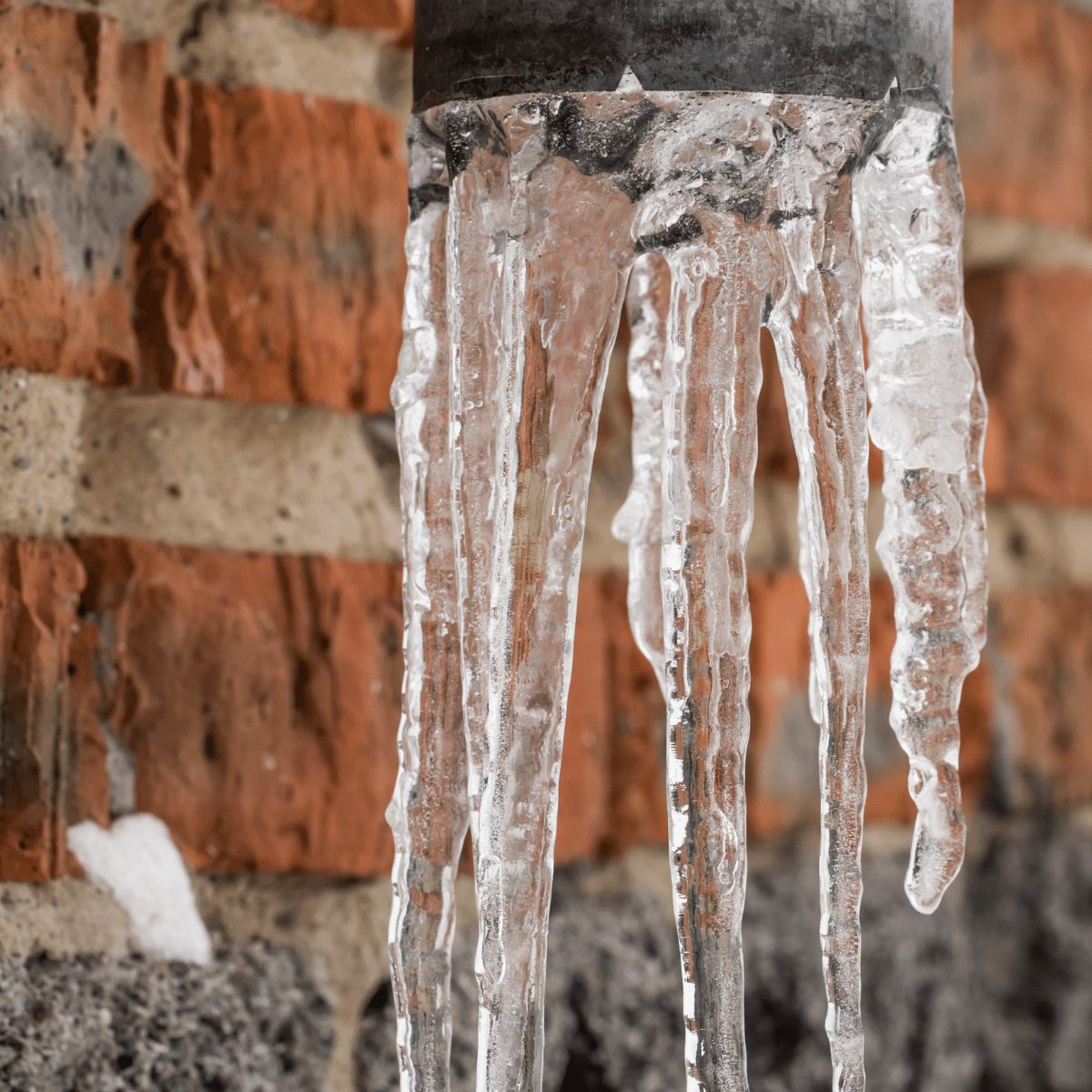How to Protect Pipes from Freezing Damage: Important Guidance
How to Protect Pipes from Freezing Damage: Important Guidance
Blog Article
Presented here underneath yow will discover more sound material regarding How to Prevent Your Pipes From Freezing.

Winter can wreak havoc on your plumbing, particularly by freezing pipelines. Here's exactly how to avoid it from happening and what to do if it does.
Introduction
As temperatures drop, the threat of frozen pipes boosts, potentially bring about costly repair services and water damages. Recognizing exactly how to stop frozen pipes is vital for home owners in chilly climates.
Comprehending Icy Pipes
What creates pipelines to freeze?
Pipes ice up when exposed to temperatures below 32 ° F (0 ° C) for prolonged durations. As water inside the pipes ices up, it expands, putting pressure on the pipe walls and possibly triggering them to rupture.
Threats and damages
Icy pipelines can lead to water disturbances, residential property damage, and pricey repairs. Ruptured pipelines can flood homes and cause comprehensive architectural damage.
Indicators of Frozen Water Lines
Identifying icy pipelines early can prevent them from bursting.
Just how to identify icy pipelines
Search for lowered water circulation from taps, uncommon odors or sounds from pipelines, and noticeable frost on subjected pipelines.
Avoidance Tips
Protecting at risk pipes
Wrap pipelines in insulation sleeves or use warmth tape to secure them from freezing temperatures. Concentrate on pipelines in unheated or external locations of the home.
Heating methods
Maintain indoor rooms properly heated, especially locations with pipes. Open up cabinet doors to allow cozy air to distribute around pipelines under sinks.
Safeguarding Outside Pipes
Garden hose pipes and outdoor faucets
Separate and drain yard hose pipes before winter. Install frost-proof spigots or cover exterior taps with shielded caps.
What to Do If Your Pipelines Freeze
Immediate activities to take
If you suspect frozen pipes, maintain taps open to alleviate stress as the ice melts. Make use of a hairdryer or towels taken in hot water to thaw pipes gradually.
Long-Term Solutions
Architectural modifications
Think about rerouting pipelines far from exterior walls or unheated areas. Add extra insulation to attics, basements, and crawl spaces.
Upgrading insulation
Buy top quality insulation for pipes, attics, and walls. Correct insulation helps keep consistent temperatures and reduces the risk of frozen pipelines.
Conclusion
Stopping frozen pipes requires aggressive measures and quick actions. By understanding the reasons, signs, and safety nets, homeowners can protect their plumbing throughout winter.
5 Ways to Prevent Frozen Pipes
Drain Outdoor Faucets and Disconnect Hoses
First, close the shut-off valve that controls the flow of water in the pipe to your outdoor faucet. Then, head outside to disconnect and drain your hose and open the outdoor faucet to allow the water to completely drain out of the line. Turn off the faucet when done. Finally, head back to the shut-off valve and drain the remaining water inside the pipe into a bucket or container. Additionally, if you have a home irrigation system, you should consider hiring an expert to clear the system of water each year.
Insulate Pipes
One of the best and most cost-effective methods for preventing frozen water pipes is to wrap your pipes with insulation. This is especially important for areas in your home that aren’t exposed to heat, such as an attic. We suggest using foam sleeves, which can typically be found at your local hardware store.
Keep Heat Running at 65
Your pipes are located inside your walls, and the temperature there is much colder than the rest of the house. To prevent your pipes from freezing, The Insurance Information Institute suggests that you keep your home heated to at least 65 degrees, even when traveling. You may want to invest in smart devices that can keep an eye on the temperature in your home while you’re away.
Leave Water Dripping
Moving water — even a small trickle — can prevent ice from forming inside your pipes. When freezing temps are imminent, start a drip of water from all faucets that serve exposed pipes. Leaving a few faucets running will also help relieve pressure inside the pipes and help prevent a rupture if the water inside freezes.
Open Cupboard Doors
Warm your kitchen and bathroom pipes by opening cupboards and vanities. You should also leave your interior doors ajar to help warm air circulate evenly throughout your home.

I recently found that write up about Helpful Tips to Prevent Frozen Pipes this Winter while browsing on the web. Enjoyed reading our blog posting? Please quickly share it. Let others locate it. Thank you for your time. Please come by our blog back soon.
Visit Report this page